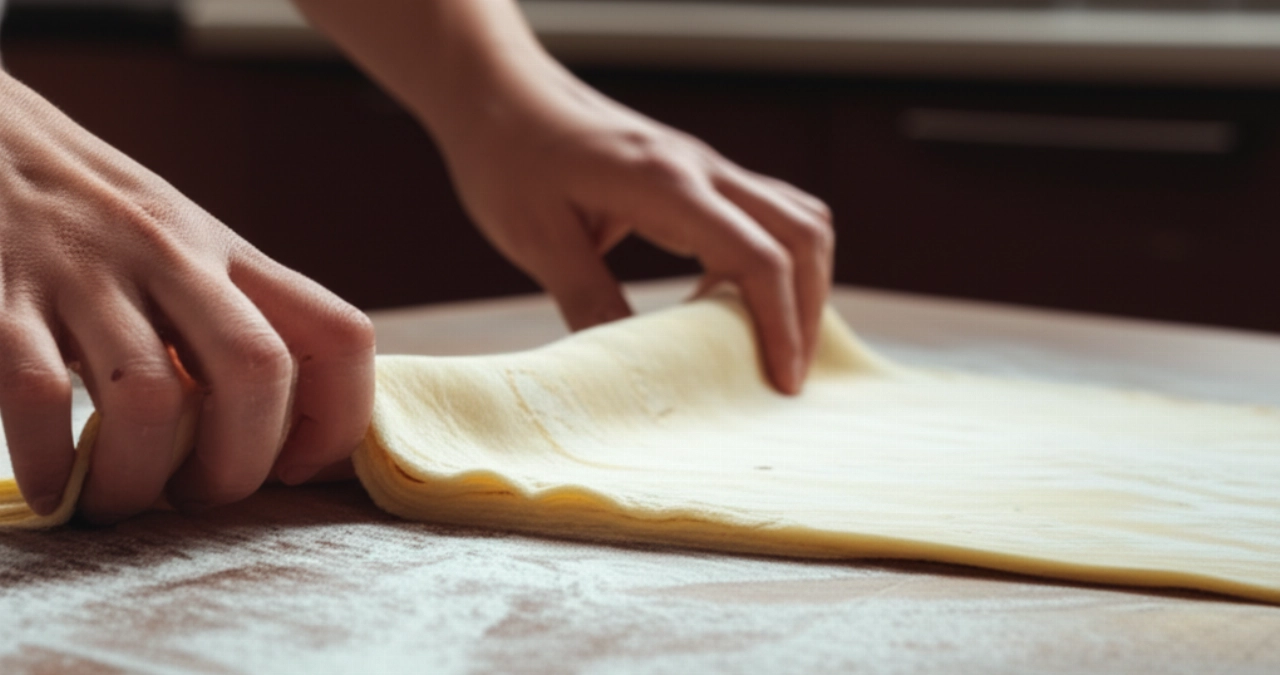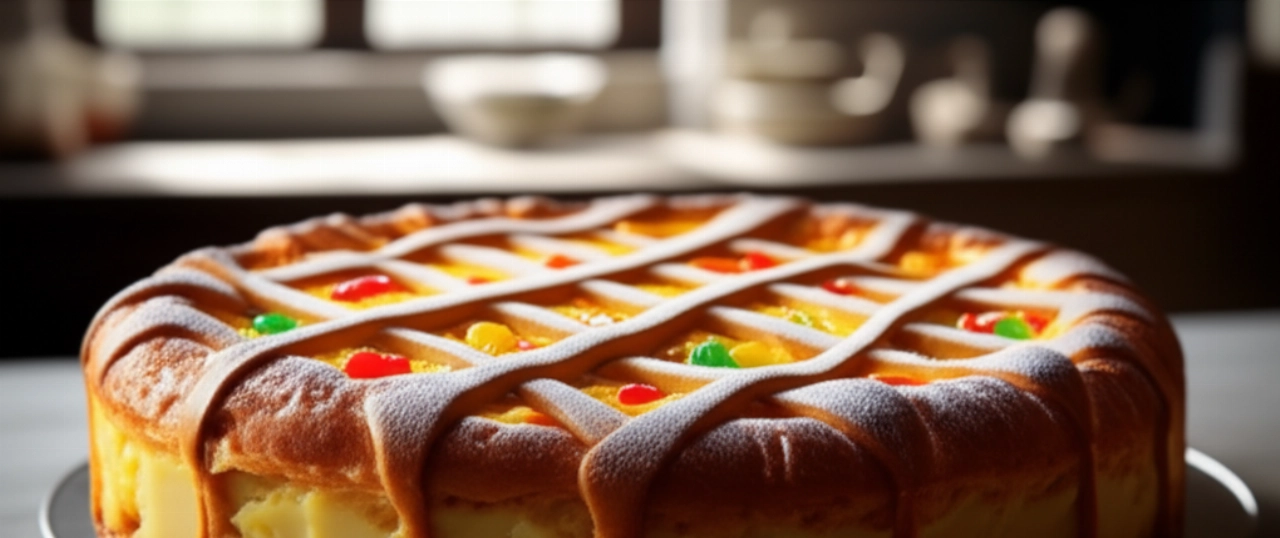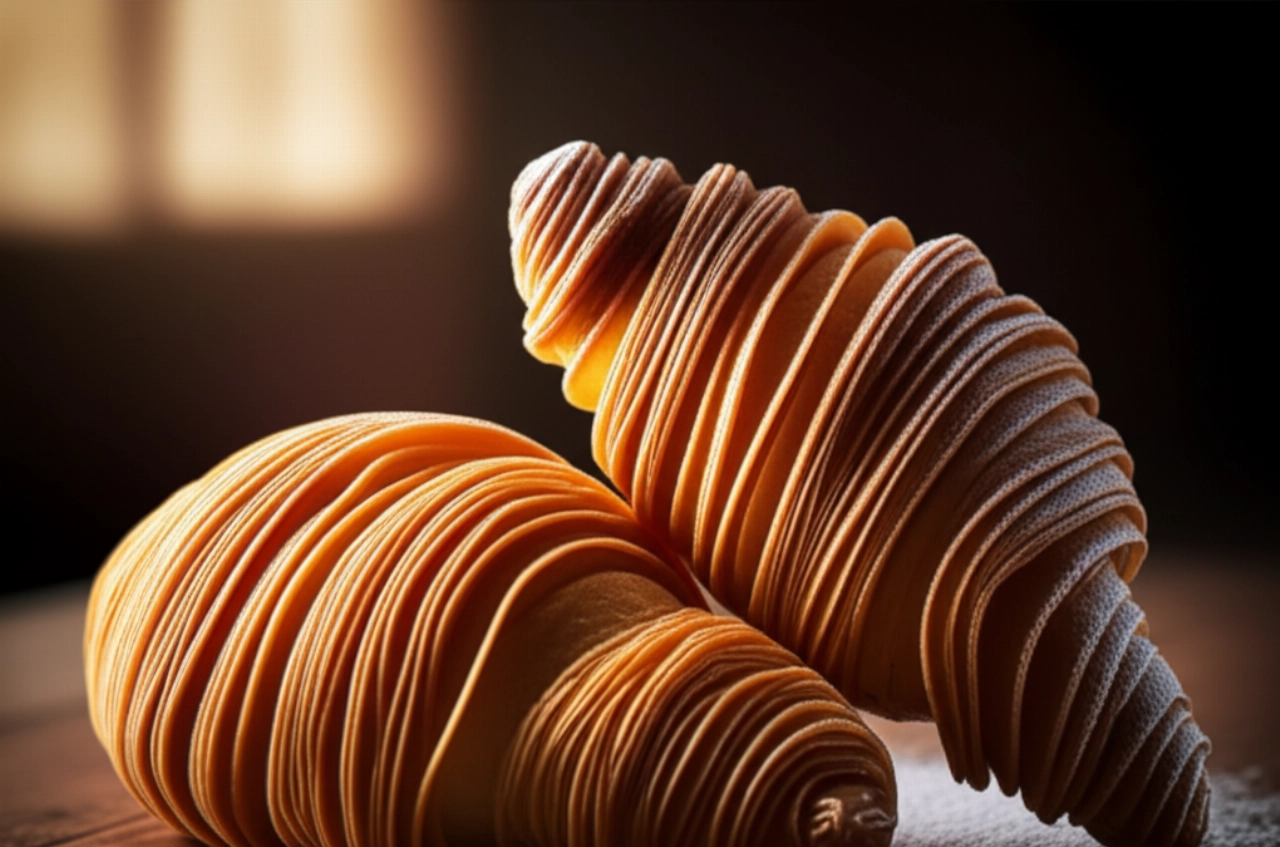There's a scent that smells of home, of hugs, of family Sundays, and childhood memories. It's the scent of jam tart, a simple dessert yet capable of warming the heart like few others. Who among us doesn't have a memory tied to that first bite, to the crumbly shortcrust pastry that melts in your mouth and the sweet, enveloping filling?
But how many times have you tried to make it and the shortcrust pastry broke, turned out hard as a rock, or the jam sank, ruining both the aesthetics and the taste? Finding the right recipe, one that guarantees success and the authentic taste of tradition, can seem like an impossible mission, leaving you with the fear of wasting precious time and ingredients.
Make yourself comfortable, because your search ends here. On Search Recipes, your "guardian" of Italian cuisine, you won't just find a list of ingredients, but the definitive guide, full of infallible tricks and tips, to prepare the best Jam Tart of your life. I'll guide you step by step, dispelling every doubt and guaranteeing a result that will make everyone say: "It's just like grandma's!" Success is guaranteed, and your desire for applause will be fully satisfied.

The Strategic Pillar: The Infallible Shortcrust Pastry for Your Perfect Tart
The true secret to a jam tart that will make you feel like a real chef (or a real grandma!) isn't just the quality of the jam, but the shortcrust pastry. It's the beating heart of this dessert, the base that must be crumbly, fragrant, and above all... not break! Our promise is precisely this: I'll guide you step by step to obtain a shortcrust pastry that will never betray you, easy to work with and perfect for a result that will be a masterpiece of taste and beauty. No more performance anxiety: with our tips, your tart will always be a success.
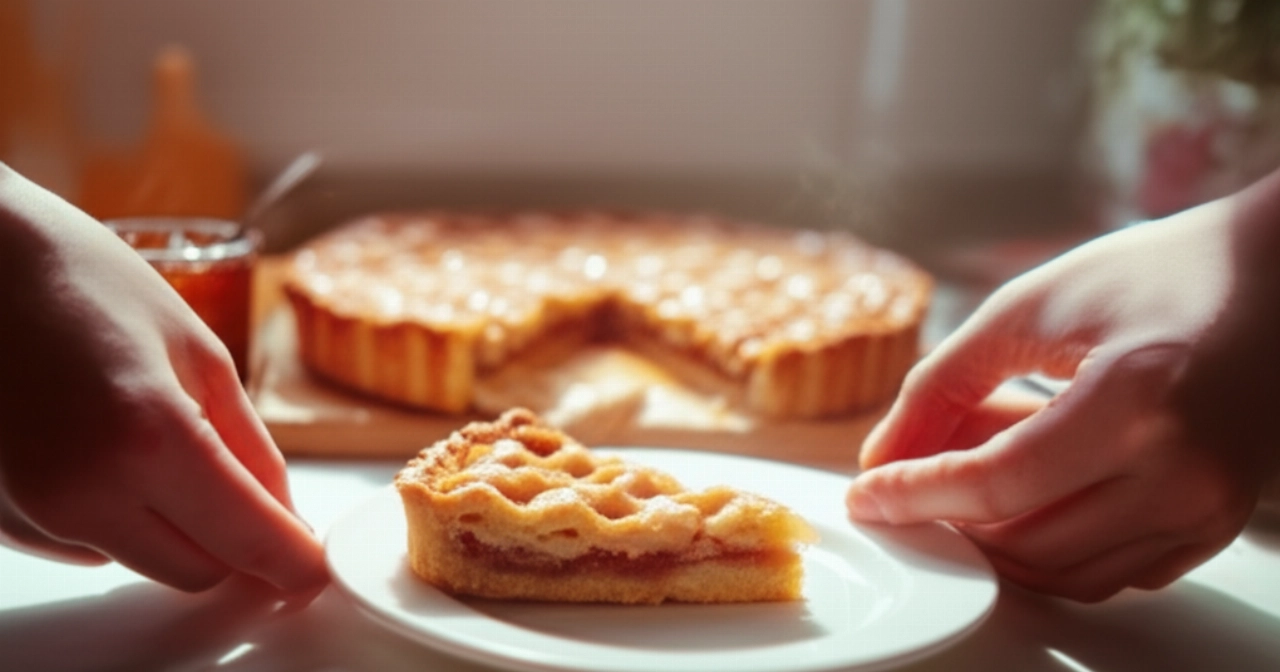
Smart Ingredients: The Choice That Makes the Difference for Your Tart
It's not just a list, but a reasoned selection. Every ingredient plays a fundamental role in the final result. Choosing well means starting on the right foot.
- 00 Flour: This is the base of our shortcrust pastry. Choose a good quality flour, not too strong (with a low protein content), to ensure the right crumbliness. The strength of the flour affects gluten formation: less gluten, more crumbliness.
- Cold Butter from the Fridge: This is a fundamental secret! The butter must be very cold, cut into cubes. When we work it with the flour, it will form small flakes that, by melting during baking, will create the desired crumbliness. If the butter is soft, it will blend too much and the pastry will turn out hard.
- Eggs (Yolks and one Whole): For our perfect shortcrust pastry, we will mainly use yolks. They are rich in fat and make the dough softer and more crumbly. A whole egg, on the other hand, serves to give the right consistency and bind the ingredients better, preventing the pastry from crumbling too much.
- Powdered Sugar: We prefer powdered sugar over granulated sugar. It dissolves more easily in the dough, making it smoother and more homogeneous, and contributes to greater crumbliness.
- Organic Lemon Zest: A touch of fragrance that makes all the difference. Make sure the lemon is untreated, as we will only use the yellow part of the peel, rich in essential oils.
- Quality Jam: Choose your favorite (apricot, cherry, berries), but make sure it's good quality and not too runny. A jam that is too watery risks soaking the pastry too much or sinking during baking. If it's too runny, you can thicken it slightly by heating it with a teaspoon of cornstarch.
- A Pinch of Salt: Don't forget it! It enhances the flavor of the other ingredients and balances the sweetness.
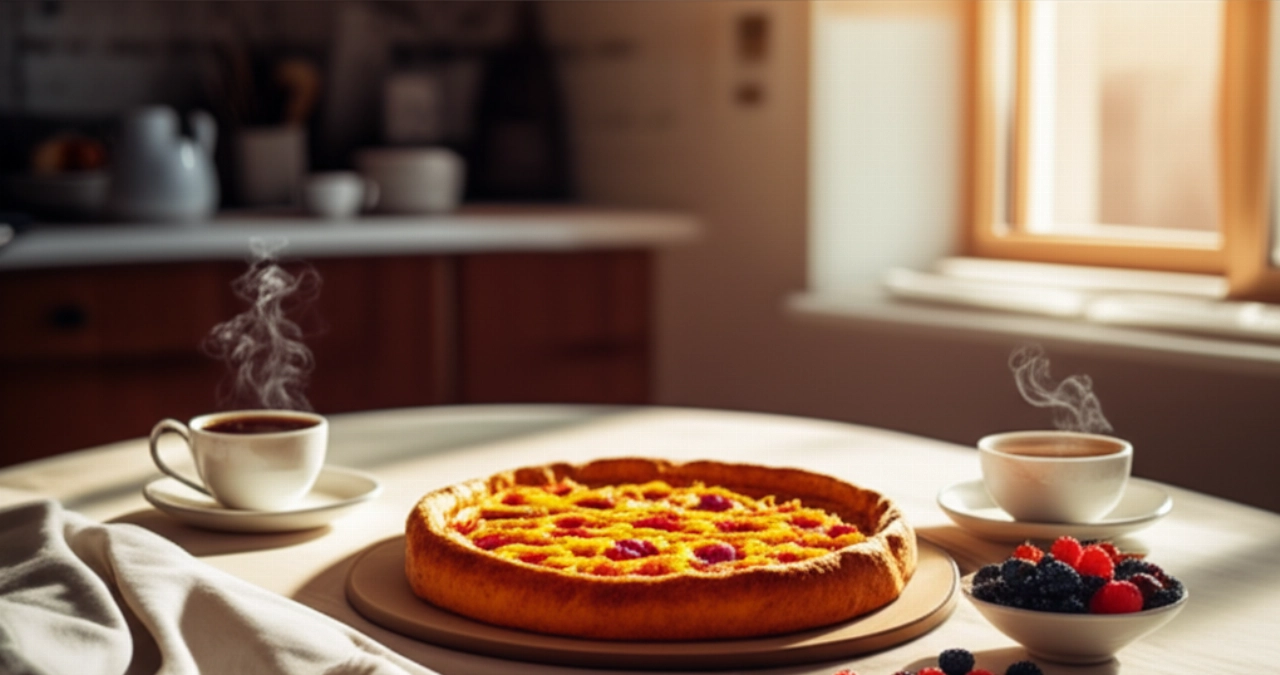
The 3 Common Tart Mistakes (and How to Avoid Them Forever)
The fear of making mistakes is normal, but with these tips, you'll turn pitfalls into successes. I'll protect you from the most common mistakes that can ruin your tart.
- Overworking the Shortcrust Pastry: This is the number one mistake! When you knead the pastry, the heat from your hands and prolonged contact develop gluten in the flour, making the dough elastic and, once baked, hard and chewy. The pastry should be worked as little as possible, just long enough to combine the ingredients. Think of it like a shy person: it should be caressed, not manhandled!
- Not Letting the Pastry Rest in the Fridge: After kneading, the pastry needs to rest in the refrigerator for at least 30-60 minutes (an hour or more is better). This step is crucial! It allows the butter to solidify again and the gluten to relax, making the dough easier to roll out and less prone to breaking. Furthermore, the flavors will blend better.
- Using Too Runny or Too Much Jam: A jam that is too watery, as mentioned, can soak the base of the pastry, making it soggy or, worse, sink during baking, creating a disaster. Choose a thick jam or, if necessary, thicken it slightly. Also, be careful with the quantity: too much jam can weigh down the dessert and make it difficult to bake evenly.
Grandma's Secret: The Magic Touch for Applause-Worthy Shortcrust Pastry
I still remember my grandma, with floury hands and a sly smile, teaching me her tricks. "Shortcrust pastry," she would tell me, "is like a whispered secret: it should be caressed, not mistreated. And the butter must be as cold as your heart when you don't feel like cooking!"
Her most precious advice, one that few know, was to always add a pinch of finely grated, untreated lemon zest directly into the butter and flour, before adding the other ingredients. This allows the essential oils of the lemon to infuse their fragrance into every grain of pastry, making it not only crumbly but also incredibly aromatic. It's a small gesture that makes a huge difference, a true embrace of flavor that tastes like home.
Let's Prepare the Jam Tart Together: The Step-by-Step Guide
Ingredients:
- 300 g 00 flour
- 150 g cold butter from the fridge
- 100 g powdered sugar
- 2 large egg yolks
- 1 medium whole egg
- Grated zest of 1 organic lemon
- A pinch of salt
- 300-350 g jam of your choice (apricot, cherry, berries)
Tools:
- Large bowl
- Cutting board or pastry board
- Plastic wrap
- Rolling pin
- Tart pan (24-26 cm diameter)
- Baking paper
- Pastry wheel (optional)
Method:
- Prepare the Shortcrust Pastry ("Sablage" Method):
- On a pastry board (or in a large bowl), make a well with the flour.
- Add the cold butter cut into cubes and the grated lemon zest to the center.
- With your fingertips (or with a stand mixer fitted with a paddle attachment), begin to "sablage" the ingredients: rub the butter with the flour until you get a mixture that resembles wet sand. This step is crucial for crumbliness! Work quickly so as not to warm the butter too much.
- Add the powdered sugar and the pinch of salt, mix briefly.
- Make a well in the center and add the egg yolks and the whole egg.
- Knead quickly, just long enough to combine the ingredients and form a smooth and homogeneous dough ball. Do not overwork it!
- Wrap the dough ball in plastic wrap and place it in the refrigerator to rest for at least 1 hour (2-3 hours or overnight is also fine). This step is essential for rollability and crumbliness.
- Prepare the Pan and the Base:
- After the resting time, take the pastry out of the fridge. If it's too hard, leave it at room temperature for 5-10 minutes.
- Grease and flour a tart pan (or line it with baking paper).
- Take about 2/3 of the pastry dough and roll it out with a rolling pin on a lightly floured pastry board. The ideal thickness is about 3-4 mm.
- Gently place the rolled-out pastry into the pan, making it adhere well to the edges. Trim the excess with a knife or a pastry wheel.
- Prick the bottom of the pastry with the tines of a fork. This will prevent it from puffing up during baking.
- Fill and Decorate:
- Pour the jam onto the pastry base, spreading it uniformly with a spoon, leaving about one centimeter free from the edge.
- With the remaining pastry, roll out another piece and cut strips (about 1-1.5 cm wide) with a knife or a pastry wheel.
- Arrange the strips over the jam, creating the classic lattice pattern. Securely attach the ends of the strips to the edges of the underlying pastry, pressing lightly.
- If you wish, you can use the leftover pastry to create small decorations (leaves, flowers) to apply to the tart.
- Bake the Tart:
- Preheat the static oven to 180°C (350°F).
- Bake the tart in the preheated oven for about 35-45 minutes.
- Baking time may vary slightly depending on the oven. The tart will be ready when the pastry has taken on a nice golden color and the jam is slightly caramelized at the edges.
- If you see the surface getting too dark, you can cover the tart with a sheet of aluminum foil during the last minutes of baking.
- Cool and Serve:
- Once baked, remove the tart from the oven and let it cool completely in the pan before unmolding it. This is crucial! If you unmold it hot, the pastry will still be fragile and might break.
- Once cool, carefully transfer it to a serving plate.
- Serve your wonderful tart for breakfast, as a snack, or as a dessert after a meal. It's also perfect the next day!
Tips and Frequently Asked Questions about Jam Tart
Here are some of the most common questions you might have, with answers from your trusted chef:
- Can I prepare the shortcrust pastry in advance?
- Absolutely yes! The shortcrust pastry can be prepared one or two days in advance and stored well wrapped in plastic wrap in the refrigerator. You can also freeze it for a month: thaw in the fridge before use.
- How do I prevent the shortcrust pastry from breaking when I roll it out?
- The secret is resting it in the fridge! A well-rested pastry is more elastic and less fragile. If it breaks slightly, don't worry: you can "patch" it with your fingers directly in the pan. Another trick is to roll it out between two sheets of baking paper: it will be easier to transfer it to the pan.
- My jam sinks, what can I do?
- This happens if the jam is too runny or if the tart bakes for too long at too high temperatures. Make sure to use a thick jam. If yours is too runny, you can heat it slightly in a small saucepan with a teaspoon of cornstarch (or cornflour) dissolved in a little water, stirring until it thickens. Let it cool before using. Also, do not overfill the tart.
- Can I use only butter or only lard for the pastry?
- The traditional recipe calls for butter, which gives an unmistakable flavor and crumbliness. Lard makes the pastry even more crumbly and almost "flaky," but the flavor will be different. You can experiment, but for grandma's recipe, butter is the best choice.
- How do I store the tart?
- Once cool, the tart can be stored at room temperature, covered with a cake dome or under a clean cloth, for 3-4 days. It is not necessary to put it in the fridge; in fact, the cold could harden the pastry.
Your Masterpiece is Ready: Enjoy the Taste of Tradition!
There you have it! Now you no longer just have a recipe, but all the secrets to bring to the table a dish that tastes of home, tradition, and love. Every bite will be a journey through memories, an explosion of authentic flavors that will conquer everyone, from the youngest to the oldest.
Don't be afraid to experiment and add your personal touch. Cooking is an act of creativity and generosity. But start from this solid base, from these tips passed down with love, and you'll see that applause will not be lacking. Your tart will be the centerpiece of the table, a true triumph of taste and beauty.
Have you tried our recipe? We're very curious to see your masterpiece! Leave a comment below, tell us how it went, or share a photo on Instagram by tagging @CercaRicette.it and using the hashtag #PerfectTartSearchRecipes. If you loved this tart, you can't miss our recipe for Original Tiramisu, another timeless classic, or for Perfect Butter Cookies, ideal for afternoon tea!


